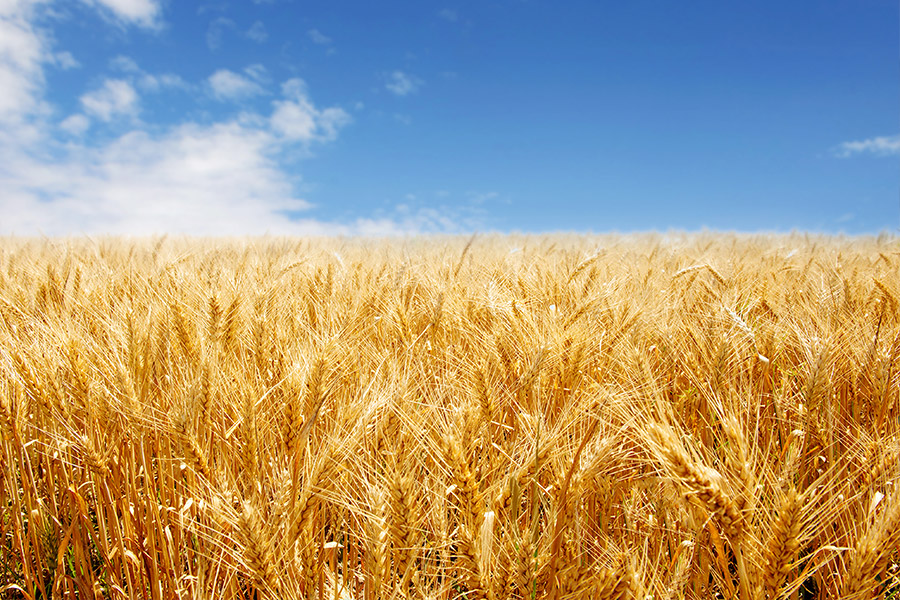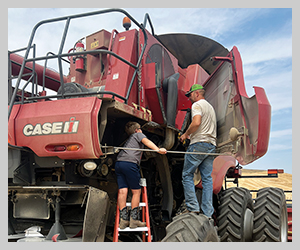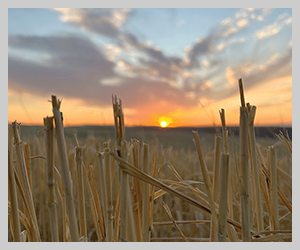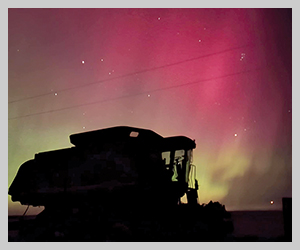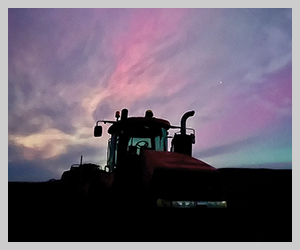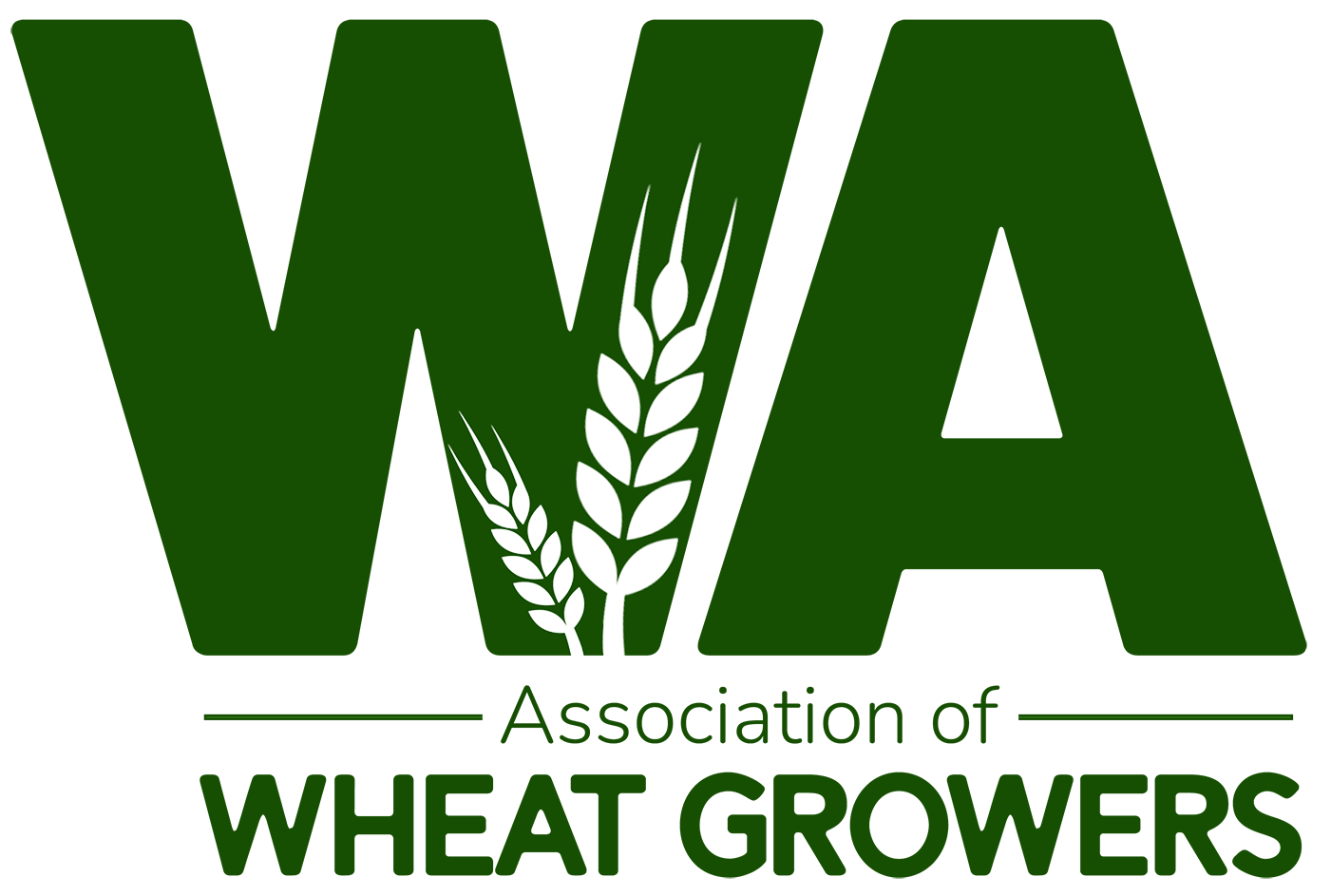Inputs
Trying for certainty in an uncertain world
Uncertainty has always been part of farming, but lately, it feels like we are being tested at every turn. The latest round of tariffs on wheat, along with those on corn and soybeans, has sent prices tumbling down 10% in just a short time. China has imposed significant barriers, and…
Going green to grow green
According to the Environmental Protection Agency, agriculture is responsible for approximately 10% of the U.S.’s greenhouse gas emissions. A Swiss company plans to reduce that footprint by building a zero-carbon nitrate fertilizer plant at the Port of Benton in Richland, Wash. Atlas Agro has its roots in the fertilizer industry….
A foundation to grow on
Washington wheat is known all over the world for its quality and keeping that quality high is due, in large part, to growers like Derek Schafer, who’s been growing registered and certified seed for more than 20 years. Schafer, who farms outside of Ritzville, Wash., said he uses approximately 20%…
Drone-based business flies high on possibilities
Down in the Tri-Cities, Kurt and Melody Beckley are confident growers will see the possibilities their new drone-based business, Altitude Agri Services, offers. “I find I’m anticipating that moment when more growers see what the drones are capable of doing, and they want to embrace them and take advantage of…
Supply chain break down
While pressure on the supply chain has eased somewhat, producers are still paying high prices for inputs and struggling to find parts and supplies. Four experts broke down what’s happening with fuel, fertilizer, equipment and the economy during a break-out session at the 2022 Tri-State Grain Growers Convention. Fueling the…
On Impact
For the past four years, Mader Enterprises has been practicing harvest weed seed control on their farm near Pullman, Wash. In late October, area growers gathered at Greg Mader’s farm shop to hear some of the things they’ve learned and to meet one of the experts on harvest weed seed…
Different crops, same issues
Farmers in the Skagit Valley may be producing crops unthinkable in Eastern Washington, but they face many of the same pressures as dryland wheat farmers do. At stop after stop, producers on last month’s legislative food and farm tour discussed issues such as farmland preservation, labor, the cost of inputs,…
The case of the disappearing dollars
With wheat prices hovering north of $10 per bushel, wheat growers may look like they are doing pretty well, but appearances can be deceiving as rising production costs keep eating away at producers’ profits. According to U.S. Department of Agriculture (USDA) estimates, total U.S. production expenses increased 5.5 percent from…
Wheat College recap
According to Peter Johnson, better agronomy is the key to unlocking a crop’s yield potential. Johnson, an agronomist from Ontario, Canada, was the featured speaker at the Agricultural Marketing and Management Organization’s (AMMO) 2022 Wheat College, held last month in Ritzville, Wash. More than 75 producers spent the morning learning…
Wheat College Preview
One of the Agricultural Marketing and Management’s most popular workshops is back on the 2022 calendar as an in-person event. Wheat College will be taking place June 1 in Ritzville, Wash., with presentations by Peter “Wheat Pete” Johnson, Corteva Agriscience and Washington State University Extension. Johnson, this year’s featured speaker,…



